Have you ever entered a store for one thing and left with five, or been on an online shopping spree just because? Our minds often rely on mental shortcuts known as heuristics to simplify the endless decisions we make. Though helpful, these shortcuts can trick us into making a dent in our wallets. In the 2009 film starring Isla Fisher, "Confessions of a Shopaholic" explores these cognitive quirks, which steal the spotlight like any other buy-one-get-one sign.
Rebecca Bloomwood is a charismatic journalist who appears to have everything but control over her outlay. Like all of us, she has a type: tall, handsome and pleasant-smelling. Except, instead of men, it's for stores. Living in New York City and drowning in credit card debt, she dreams of working for an esteemed fashion magazine but instead lands a job writing for a finance column.
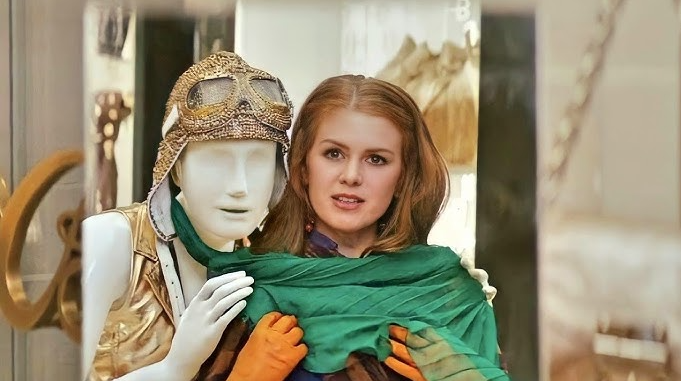
As Rebecca struggles with impulsive purchasing exemplified by her designer obsessions and mounting store receipts, we observe how heuristics influence her choices. The term Heuristics developed by Herbert Simon are cognitive strategies that help individuals make decisions quickly, from shaping a brand's perception to the value we assign to the discounts offered by them. They're essential for navigating a complex world that never seems to stop moving, but they can also lead to biases and flawed judgments. In this piece, I'd like to focus on five heuristics in particular and tie them to the film.
Availability Heuristic: The Power of What's Memorable
As a child, she always believed that when she saw women in stores, they looked like princesses twirling in dresses and gleaming in jewelry, and that they didn't even need cash, just a magic card that you could swipe and it was yours. She believed it gave them confidence, radiance and even happiness. Now, as a 25-year-old hustling in New York City, she is constantly surrounded by glossy catalogues and lavish storefronts, an unwavering reminder of what she "should" have.
Since these magazines and brick-and-mortar shops are so easily accessible in her mind, she overestimates their significance. For example, if she enjoys the feeling of holding the brown bag from Bloomingdale's, she will purchase more to relive the experience. This is known as the Availability Heuristic, which causes us to make decisions based on how easily something comes to mind.
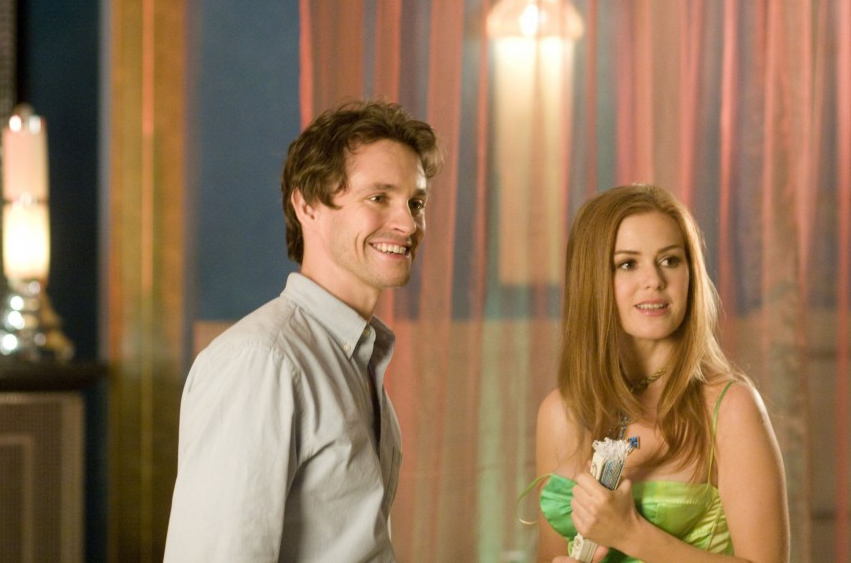
The Availability Heuristic:
We tend to overestimate the likelihood or importance of events based on how easily we can recall them from memory. The more vivid or recent the memory, the more significant we perceive it to be.
Anchoring: The Discount Trap
There is a four-letter word we all have a love-hate relationship with: SALE. Our ginger shopaholic isn't immune to it either. When she sees a dress marked down from $500 to $200, she focuses on the "savings" rather than the actual cost. "It's 60 percent off!" she exclaims, convincing herself she's being financially savvy while still making an impulsive, unnecessary purchase.
The original price becomes the anchor, making the discounted price feel like a bargain even if it's still unaffordable. Anchoring, simply put, is relying heavily on the first piece of information offered (the "anchor") when making decisions.
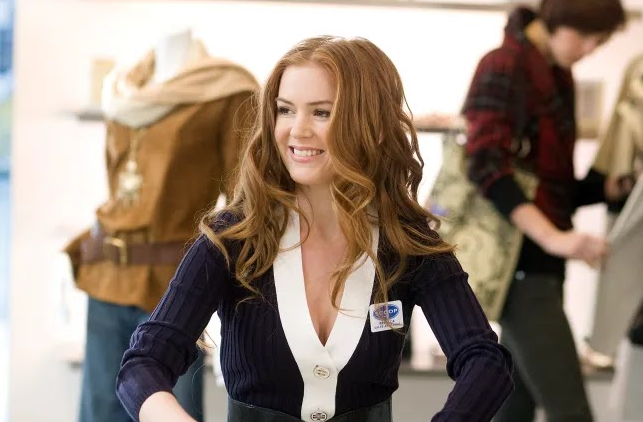
Representative Heuristic: Dressing for the Life You Want
Have you made a vision board for your life in the next five years? Well, I have, and I've got the infamous Hermès Birkin bag and Louboutin heels on it like so many do. They say, "Validation is best when it comes from within." And while some people have seemed to master it or at least fake it till they make it, the majority of the population especially those on the 'gram know that our ghosts always come back to haunt us no matter how indifferent we try to act.
Today we live in a world where we're all trying to be the next picture-perfect sensation with no flaws, whether it be the way we look, talk, walk or behave. Similarly, Rebecca believes that wearing expensive designer labels, chic heels and luxury bags will automatically align her with successful powerful women and believes that mirroring that image will grant her the life she desires. This is known as the Representative Heuristic; judging based on how much something matches an existing stereotype or category, a skill which we can all highlight on our resumes.
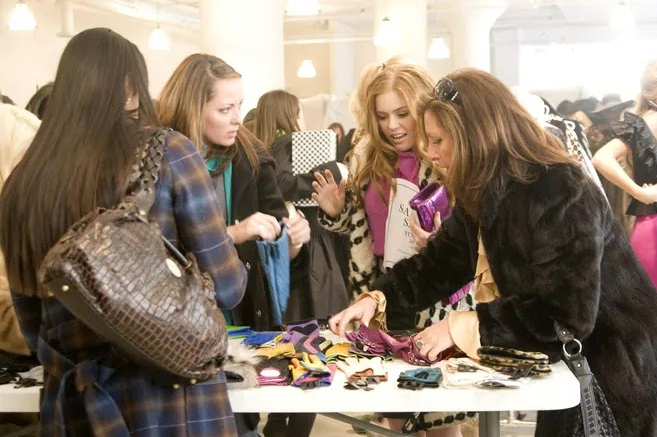
Recognition Heuristic: Familiarity Breeds Preference
Are you familiar with the brand Chanel? Of course you are. Businesses thrive on brand recognition, whether in high fashion or fast fashion. It contributes significantly to sales revenue as well as word-of-mouth promotion. This is a prevalent behavior that we are susceptible to. We prefer what we've heard about, even if better or more economical alternatives exist.
Does the name iPhone ring a bell? When given the choice between a no-name handbag and one from Gucci, Rebecca opts for the latter, equating familiarity with superiority when, as we all know, they're made in China at a production cost one-tenth of what they're marketed for. This is where Recognition Heuristic comes into the picture: we choose something simply because it's familiar to us.
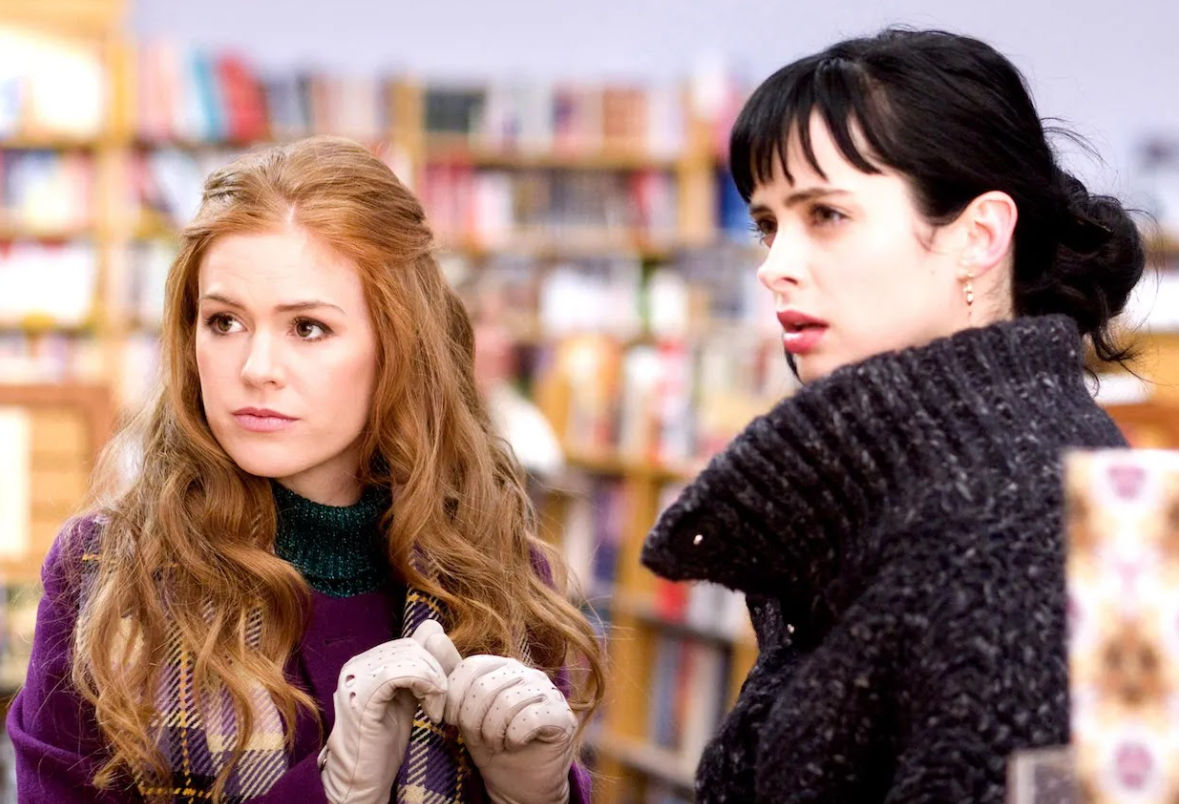
Brand Recognition Psychology:
Our brains are wired to prefer familiar brands over unknown alternatives, even when the quality or value might be comparable or better with lesser-known options.
Take-the-Best Heuristic: Obsessing Over One Feature
You've just come back from a workout and you open the refrigerator in desperate quench when your eyes fixate on it, sitting like a cloud on porcelain, each layer a soft whisper of vanilla and cream, kissed with blush-pink frosting that glistens like morning dew. The scent of warm sugar and fresh berries wraps around you like a lullaby and with the first bite, time slows melting into a haze of sweetness. And just like Celine Dion's song, the calories you just burned are all coming back to you now.
"It was seducing me!" Sure, we can all rationalize our cravings just like Rebecca did as she passed by Denny & George and there stood the mannequin draped in gold and a pleated emerald green scarf at 50% off. But how could she resist when it made her eyes look bigger and her haircut more expensive? It was an investment. So what's another $120 on the price tag? This is a classic example of Take-the-Best heuristic, where we tend to base our decisions on a single standout feature while ignoring other factors.
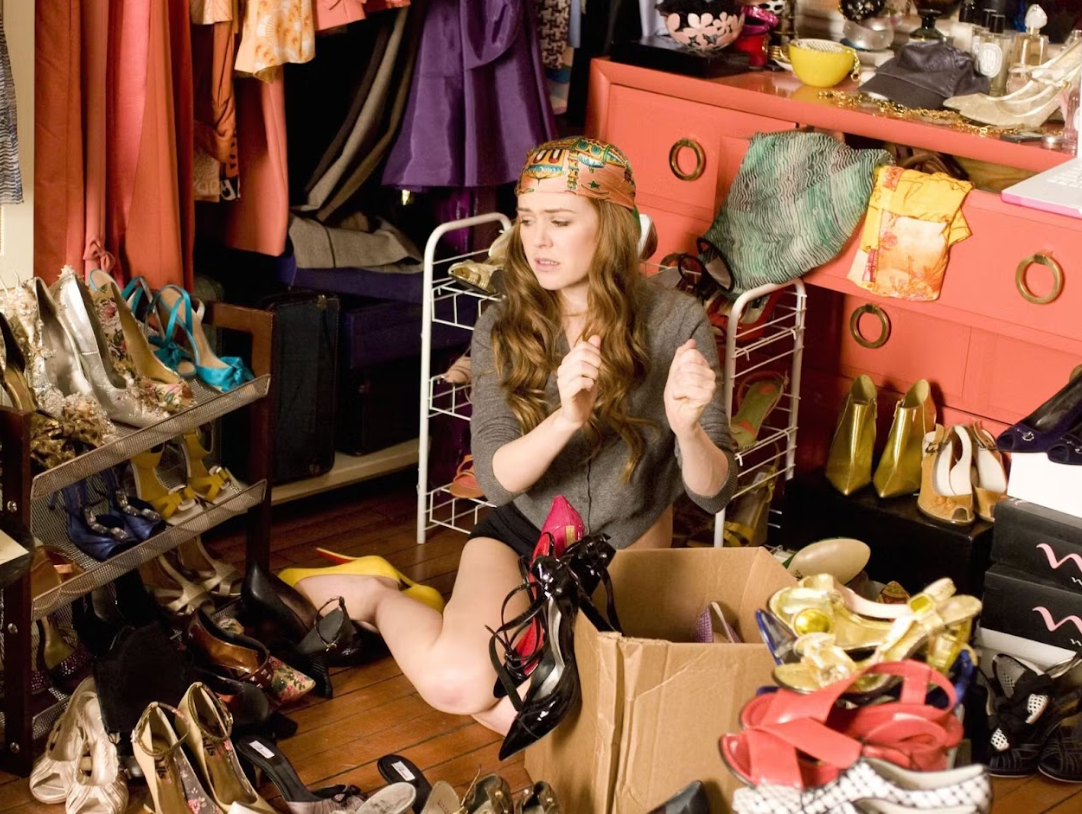
The Psychology of Retail Therapy
While Rebecca's spending habits are hyperbolically comical, her issues are not uncommon among real-life consumers. Heuristics influence our financial choices in subtle ways, and before we know it, we've spiraled into emotional spending. The film is more than a rom-com with fashion montages—it's also an indictment of modern consumerism and how we associate self-worth with possessions.
From a mental health perspective, shopping, often claimed as retail therapy, can serve as a coping mechanism for issues such as anxiety, low self-esteem and social pressure. However, when used frequently and unsupervised, it can exacerbate those very issues. Rebecca's path illustrates this wonderfully. Her transition is more than just getting out of debt; it's about taking control of her thinking and learning to make deliberate, intentional decisions.
"So, the next time you're tempted by a flash sale or lured by a product, take a moment to consider whether it's a choice or a shortcut."
Understanding Consumer Psychology:
Recognizing these heuristics in our daily lives can help us make more conscious decisions about our spending habits and understand the psychological triggers that retailers use to influence our behavior.
The film ultimately teaches us that true happiness and self-worth cannot be purchased. Rebecca's journey from compulsive shopper to someone who understands the value of mindful decision-making reflects a broader lesson about consumer culture and personal growth. By understanding how heuristics influence our choices, we can become more aware consumers and make decisions that align with our actual needs and values rather than falling prey to cognitive shortcuts that benefit retailers more than ourselves.